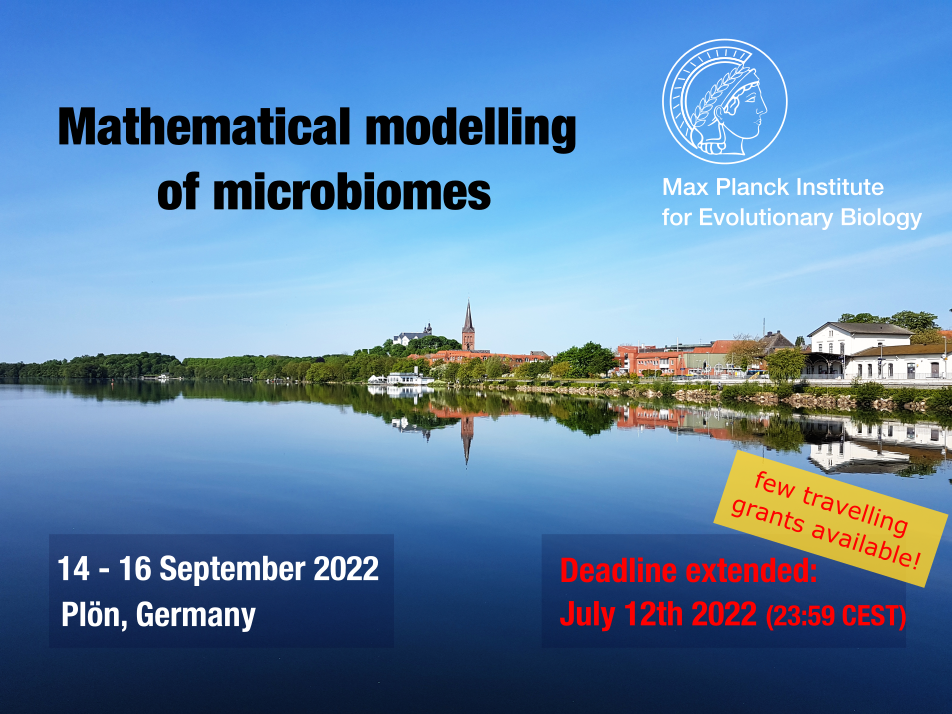Speaker
Description
Habitat degradation, including the change of natural habitats into agricultural areas, alters natural communities all over the world. Land-use change may affect the host and its microbiome composition and structure, thus influencing the host's function and health, and the potential transmission and spread of microbes and disease. However, the relative effect of land-use change in shaping the microbiome of different wild species is yet to be known. Here, we ask what is the relative effect of land-use and host species on the host microbes-sharing structure. We focused on the gut microbiome, sampled from two small-mammals species (native and non-native species) in rural Madagascar across seven different land uses, ranging from semi-intact forest to agriculture to village. We constructed a microbes-sharing network, as individuals were connected in the network based on their pairwise microbiome similarity. Then, we used a flow-based network clustering algorithm (Infomap) to partition the network into groups (modules), which consist of host individuals with more similar microbiomes. In order to explore the relative contribution of land-use, we used Infomap with land-use as a nodes attribute (i.e., the land-use in which the individuals were sampled). By that, we instructed the algorithm to give the land-use more power in the partition analysis. We reran the analysis multiple times with increasing power to land-use, and measured how the structure of the network changes. When no power was added to land-use (i.e., the mere topology of the network) we found two big modules in the network, as all individuals of one host species constitute one module and all individuals of the second host species constitute the other module, meaning that host species is the major factor shaping the network structure. Moreover, even when the algorithm gave more power to land-use, sub-modules by land-use emerged in the network within the original partition by host species. However, by comparing to random distribution, we found that the point at which the network structure significantly changed differs between the two host species, suggesting that the relative importance of land-use varies between host species. Our method and results shed more light on the relative effect of land-use and host species on the host microbiome and enable a better understanding of the factors that structure the host microbial community.

